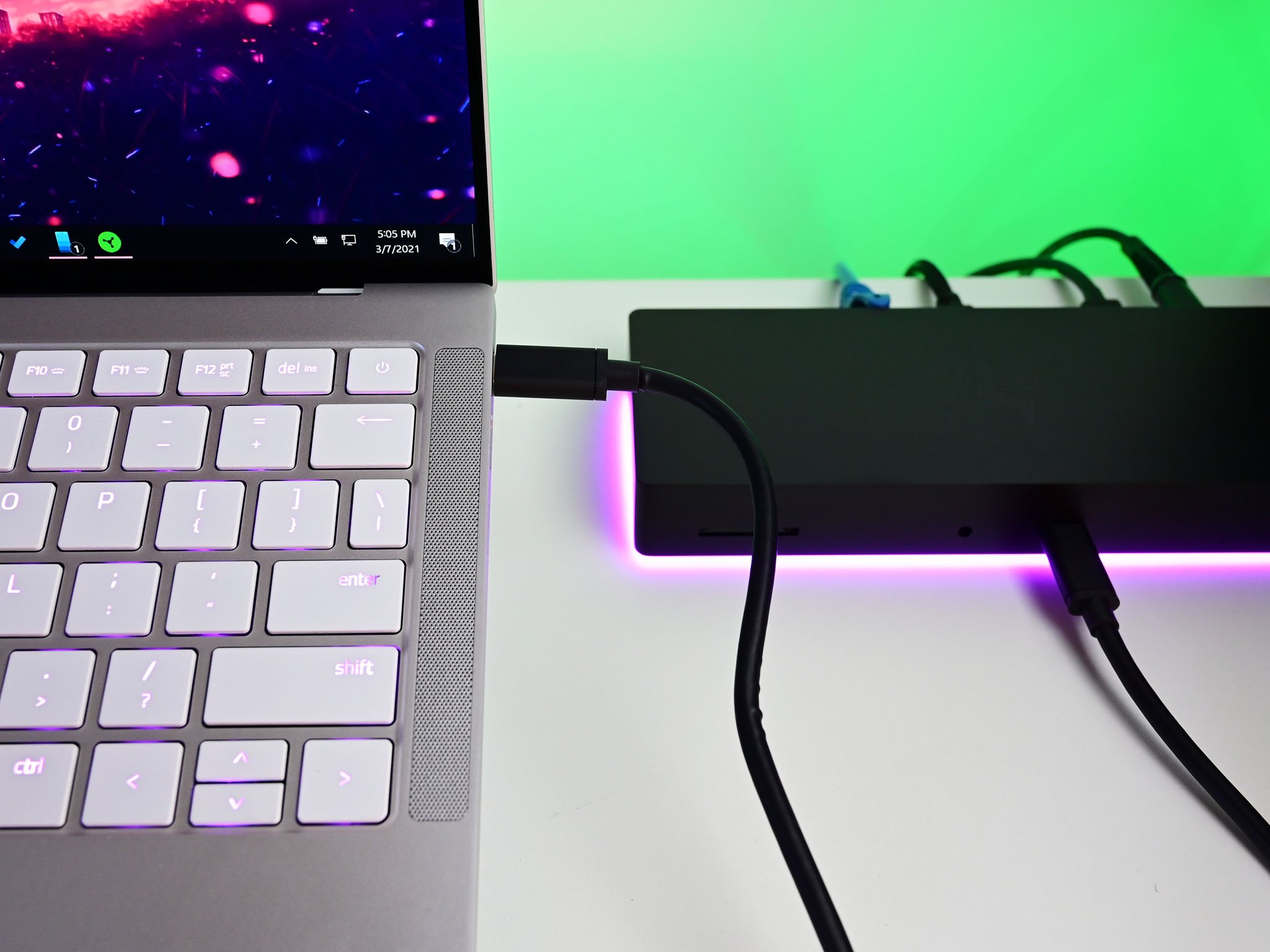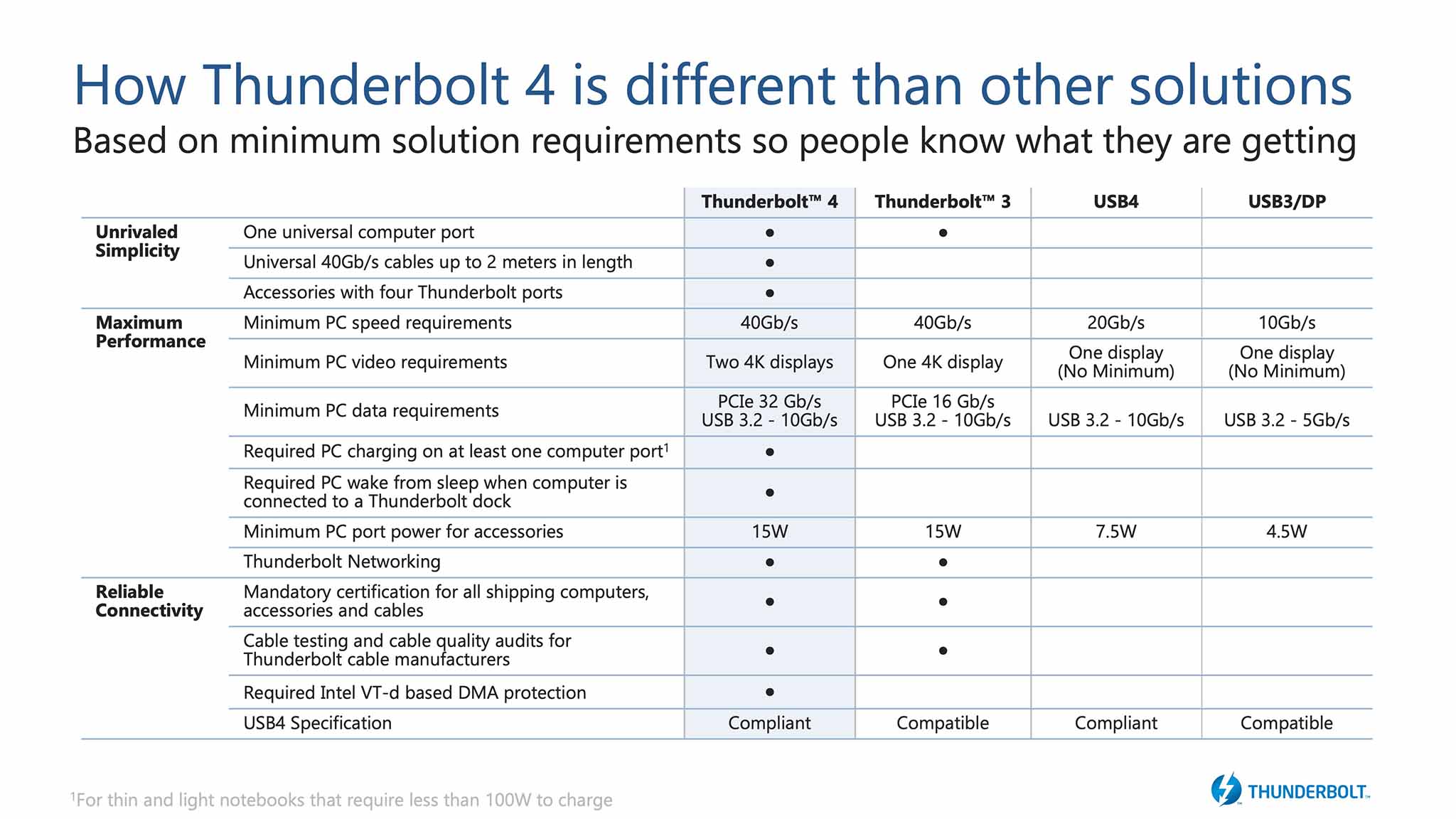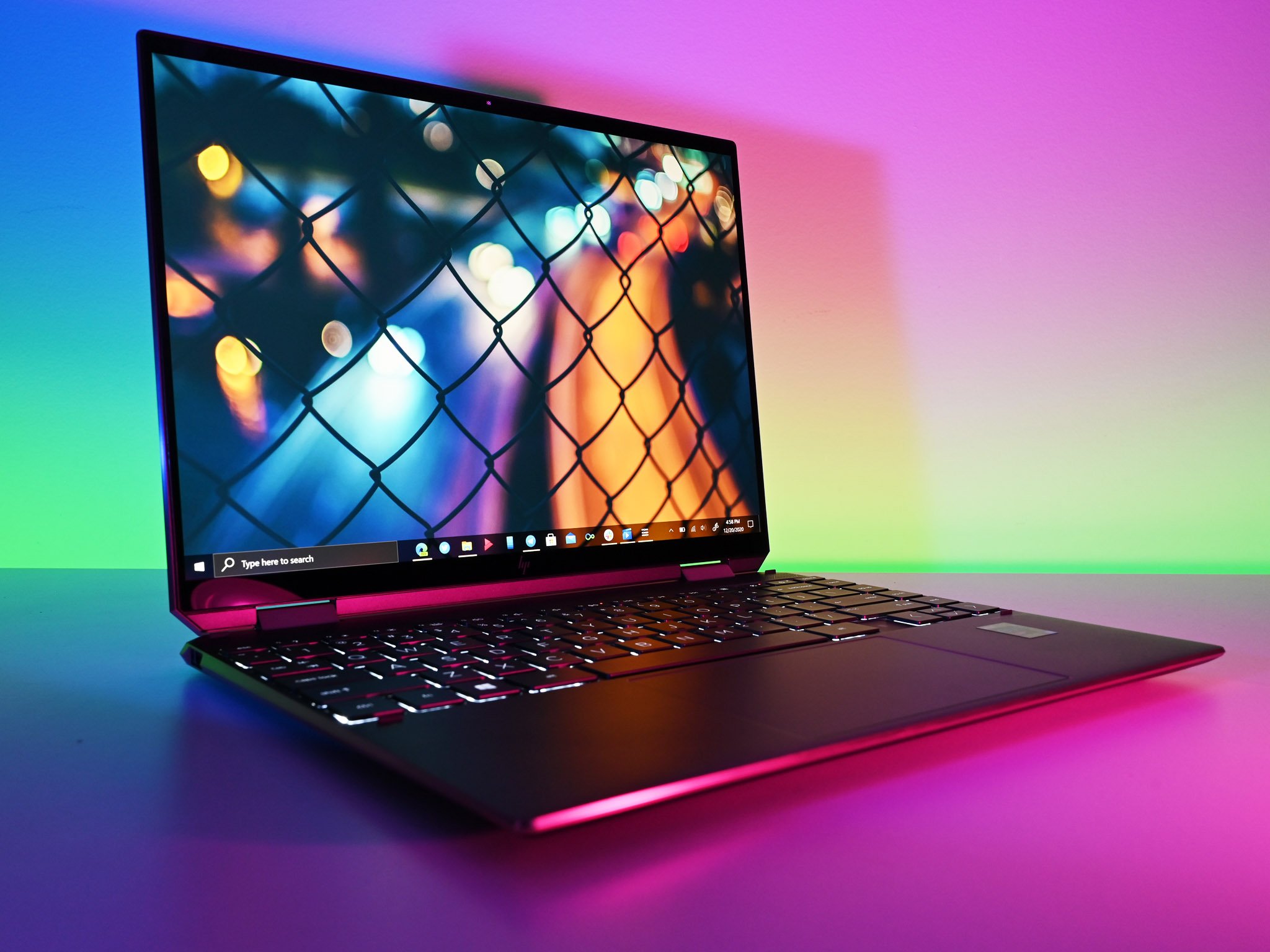Thunderbolt 4? It's the new way to connect your modern PCs to accessories and other devices. Here's what you need to know.
Thunderbolt 4 is taking over for Thunderbolt 3, which has been the go-to standard since 2015 for high-speed connectivity. Not a whole lot has changed physically between the two standards, and you might be wondering why the upgrade is such a big deal. When we dig a bit deeper, the benefits of Thunderbolt 4 become apparent. Here's what you need to know about Thunderbolt 4.
What is Thunderbolt 4?
The Thunderbolt interface is Intel's creation (helped out by Apple) from 2011. The first two standards (Thunderbolt 1 and 2) used a physical Mini DisplayPort connector before moving on to a physical USB-C connector with Thunderbolt 3. The beauty of Thunderbolt is that it packs PCIe, DisplayPort, and power together. That means you can have fast data transfers, robust external display support, and charging with one cable. Thunderbolt 4 is the next step in the evolution of Thunderbolt.
Intel revealed the new standard July 2020, announcing that PCs powered by its 11th Gen Tiger Lake processors (CPU) would be the first to consolidate Thunderbolt 4. Devices not using these specific CPUs can still benefit from Thunderbolt 4 with the appropriate controller.
Thunderbolt 4 still uses the USB-C form factor, and it is compatible with older versions of Thunderbolt. It's also capable of handling USB, with a bump up to USB4 compliance alongside older versions. This is the new best way to connect external devices like high-speed storage, high-res monitors, and docking stations. Daisy chains with up to six connected devices should be possible with Thunderbolt 4.
How does Thunderbolt 4 compare to Thunderbolt 3?
Thunderbolt 4 still relies on 40Gbps bandwidth like Thunderbolt 3, but some of its other capabilities have been improved. It effectively doubles the video support, allowing for dual 4K displays at 60Hz or one 8K display at 30Hz from a single port. If you're a power user with multiple high-res displays, Thunderbolt 4 should make your life a whole lot easier.
There's twice as much minimum PCIe bandwidth required with Thunderbolt 4, bumping 16Gbps up to 32Gbps. For those who often use the best external hard drives, this translates to faster transfers up to about 3,000MB/s. The same applies to external GPU users who want to maximize performance.
Thunderbolt 4 adds extra DMA protection via Virtualization Technology for Directed I/O (VT-d) to help handle connected threats. And you'll now be able to pull your PC out of hibernation by using any device connected with a Thunderbolt docking station.
The best Thunderbolt 4 hubs and docking stations will be able to offer up to three downstream Thunderbolt ports, as well as cables that measure up to two meters. Cables ranging from five meters to 50 meters are also in the works, though likely for a future standard.
Is Thunderbolt 4 the same as USB4?
Thunderbolt 4 is not the same as USB4, though the two are compatible with each other. USB4 lacks some features and the same minimum requirements that help ensure all Thunderbolt 4 products work essentially at the same performance level.
USB4's minimum speed goes as low as 20Gbps (or as high as 40Gbps), whereas Thunderbolt 4's minimum speed is stuck firmly at 40Gbps. Minimum power through ports is also halved, with 7.5W instead of 15W. You're only guaranteed for one external display with USB4, whereas Thunderbolt 4 offers dual 4K displays at 60Hz as a minimum. The takeaway here is that USB4 and Thunderbolt 4 are closely linked, with the latter delivering a more solid foundation for expected performance.
What laptops include Thunderbolt 4?
More and more laptops are coming to market with Thunderbolt 4 ports included. These generally have 11th Gen Intel Core CPUs, and they're generally fine Ultrabooks with a focus on performance in a thin and light body.
The Dell XPS 13 9310 is a fine choice for a notebook. It has two Thunderbolt 4 ports, up to a Core i7-1175G7 CPU, Intel Iris Xe integrated graphics, and up to 32GB of LPDDR4x RAM. Get the 13.4-inch display in touch or non-touch, up to a 4K resolution.
Looking for a convertible? The HP Spectre x360 14 is the best Windows laptop right now. It has two Thunderbolt 4 ports, up to a Core i7-1165G7 CPU, and either an FHD+ or 3K touch display with 3:2 aspect ratio.
The latest Intel version of the Acer Swift 3 is a good budget option if you want Thunderbolt 4. This laptop has Intel Evo certification, Core i7-1165G7 CPU, Thunderbolt 4 port, and 3:2 display with 2256x1504 resolution.
A Bold New Entry
HP Spectre x360 14 (2020)
The Spectre x360 14 brings a gorgeous 3:2 display, outstanding quad speakers, excellent trackpad, and just the right number of ports to this top tier convertible laptop. Powered by Intel 11th Gen processors, all-day battery life, and an option for a stellar OLED display, this laptop has no flaws.
 Reviewed by admin
on
April 14, 2021
Rating:
Reviewed by admin
on
April 14, 2021
Rating:





No comments: